Pesticide use in home orchards
Some insecticides are available in small quantities and marketed for use by those with a few backyard pecan trees.
Pesticides for commercial growers are typically more concentrated and more expensive than products marketed for backyard use. They also are usually sold in large quantities, which make it a challenge for backyard growers to store the unused pesticides safely. For hobbyists with more than a few trees, access to a larger selection of more-effective pesticides may justify the additional costs of buying commercial quantities of agriculturally labeled products and becoming certified to use them.
Some insecticides when applied to the soil act systemically as they are transported in the sap to the leaves and as a result control aphids. Other insecticides are applied to the leaves (foliar sprays), which requires investments in time and spray equipment. You also must adhere to the instructions on the label, apply the pesticides safely, and avoid pesticide drifting to neighboring property.
Pesticides Available
Table 1 lists pesticide products packaged for homeowner use on pecans. For several pests, such as scab disease, no effective pesticides are available in small quantities. Many pesticides labeled for backyard trees have not been evaluated in university trials and may not provide the level of control required in commercial orchards.
Pesticides marketed for commercial use are listed in the Texas A&M AgriLife publication Managing Insect and Mite Pests of Commercial Pecans, available online at http://agrilifelearn.tamu.edu. People who buy or apply restricted-use insecticides must be licensed pesticide applicators with Texas Department of Agriculture.
Pesticide Use Precautions
Always read the product label for full directions for the pesticide’s contents, use, and restrictions. Product names change often. Read the label carefully to be sure that:
- The pesticide contains the appropriate active ingredient(s).
- The product label lists pecans.
- The pecans from trees treated with the pesticide can be eaten safely. Some pesticides are labeled only for nonbearing pecans—young trees that do not produce nuts yet.
When spraying insecticide on tree foliage, wear protective clothing to avoid contact with the pesticide, and do not allow the spray to drift from the tree.
Choose the pesticide that provides the safest, most effective, and most economical control. All pesticides can be hazardous to people, animals, and nontarget plants. Use them with caution, and comply with the manufacturer’s label directions for handling them. Symptoms of pesticide poisoning include cramps, diarrhea, headaches, nausea, muscular twitching, blurred vision, and weakness. If you notice any of these symptoms while or after handling a pesticide, call a doctor immediately.
Store all pesticides out of the reach of children, irresponsible people, livestock, and household pets. Dispose of leftover spray materials and containers properly.
Policy statement on pest management suggestions
The information and suggestions in this publication reflect the opinions of Extension entomologists based on research, field tests, and use experience. Our management suggestions are a product of research and are believed to be reliable.
However, unforeseen or unexpected conditions or circumstances may result in less than satisfactory results, even when these suggestions are used. The Texas A&M AgriLife Extension Service assumes no responsibility for risks. Such risks shall be assumed by the user of this publication.
Suggested pesticides must be registered and labeled for use by the U.S. Environmental Protection Agency and the Texas Department of Agriculture. The status of pesticide labels is subject to change; it may have changed since this publication was produced.
The users are always responsible for the effects of pesticide residues on their animals and crops as well as for problems that could arise from drift or movement of the pesticide from their property to that of others. Always follow the instructions on the label carefully.
